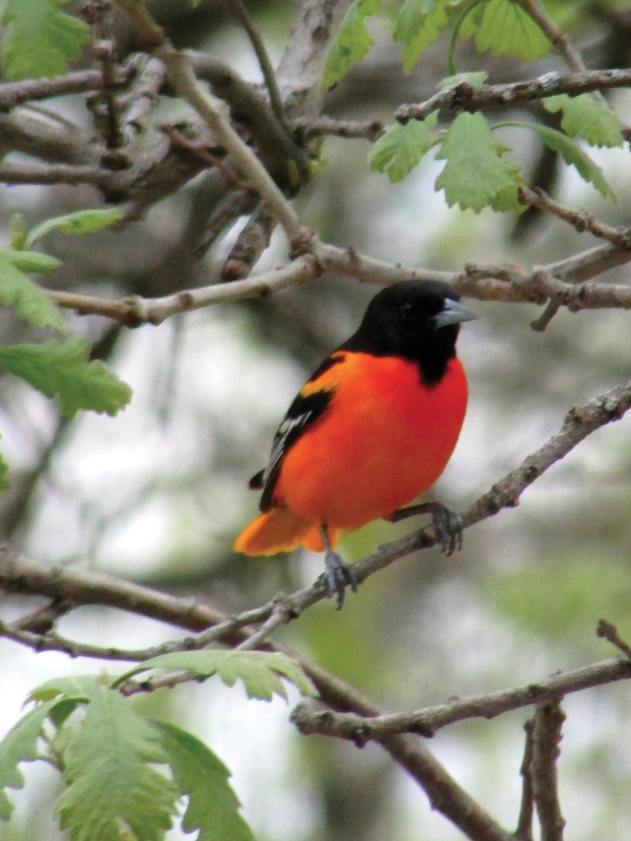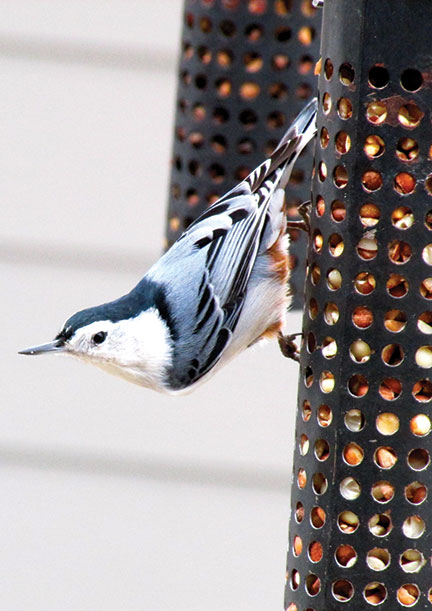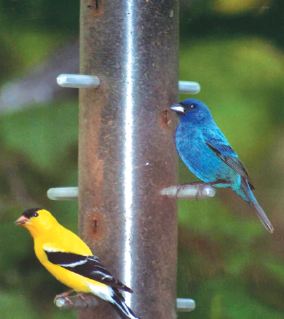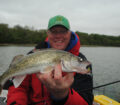By Darial Weisman
 As I write this article, it is early spring. How can those robins be so happy this early in the morning? Harbingers of spring, they seem as pleased to be back to the Midwest as we are to have them return. Chickadees, woodpeckers, nuthatches and cardinals, though they have been around all winter, join the early morning chorus. The song of the cardinals has somehow changed from a chipping sound to a melodious whistle.
As I write this article, it is early spring. How can those robins be so happy this early in the morning? Harbingers of spring, they seem as pleased to be back to the Midwest as we are to have them return. Chickadees, woodpeckers, nuthatches and cardinals, though they have been around all winter, join the early morning chorus. The song of the cardinals has somehow changed from a chipping sound to a melodious whistle.
This awakening, although very familiar is eternally exciting! Anticipation of the arrival of other summer residents overtakes our entire being. Who will be the next first of the season to arrive? With each new arrival, I proclaim, “This is my favorite bird!”
My husband and I feed birds all year, but with the end of April, first of May approaching, our thoughts are turning to orioles. Each year we put out the oranges, grape jelly and then wait. It is said that these brilliantly colored birds send scouts to peruse an area for food. What we do know is that they are hungry when they arrive. After all, it is a long migration northward.
It might be a day or two or several, depending on how the spring weather cooperates. Then all of a sudden it happens. First one, then another and the orioles have arrived!
Once here, more and more orioles arrive. Sometimes we are refilling the grape jelly two plus times a day. However, not only orioles are drawn to this sweet treat. Our oriole feeders have been visited by sparrows, robins, grackles, and oh yes, not to forget flies, bees and ants. Initially, grackles were the biggest gluttons of consuming the grape jelly until we found a wire cage to put around the oriole feeder, which would admit the smaller birds but eliminate the grackle invasion. It took a while for the orioles to figure it out, but after a short time they flew in and out without difficulty.
Last year the arrival was incredible. We had strategically placed feeders on both sides of the house right in front of our best viewing windows. As the migrants arrived, both feeders became a landing zone for up to six orioles at a time flitting in and out. Nothing beats the contrasting colors of the brilliant orange breast and black head of the males! At one particular time, it looked as if the big oak tree was filled with black and orange polka dots!
Not only did we have the Baltimore orioles, but we also had our share of orchard orioles…and one more that we had never seen before. We had a couple of American redstarts, much smaller than either of the orioles, but the male had many of the same markings.
Preparing the feeders
Right now we are sorting through our feeders to determine which of them require maintenance and which need to be replaced. Spring cleaning is also taking place, though feeders were cleansed with vinegar and water last fall before winter storage. Around the last week of April out will come the oranges and grape jelly. We impatiently anticipate their sweet song and flashing black and orange feathers.
Later in the season, the orioles bring their young to the feeders. What a site this is and what a thrill to have these young birds attracted to our feeding stations.
Early in the season oranges sliced in half and grape jelly attract the orioles. However as the summer continues, insects may find your feeders. At this point, we have found that either purchasing the ready-made oriole syrup or making a 1-4 solution of sugar to water and feeding in a nectar feeder keeps the insects at bay.
Providing a watering station in addition to food is an important way to attract more birds to our yards. We have both a birdbath, which we fill with clean water about every other day, and a fountain. Birds are especially attracted to moving water. The fountain provides this. It is entertaining to watch the birds land and splash about in the water. Remember to provide water in a shallow container with non-slip sides so the birds will feel comfortable landing and standing in the water. This will be beneficial for both the birds and the bird watcher.
Now is the perfect time to begin preparing for the onslaught of those brilliant orange and black birds. So check out those feeders, clean or replace them and buy your supply of grape jelly and oranges and let the feeding begin!















